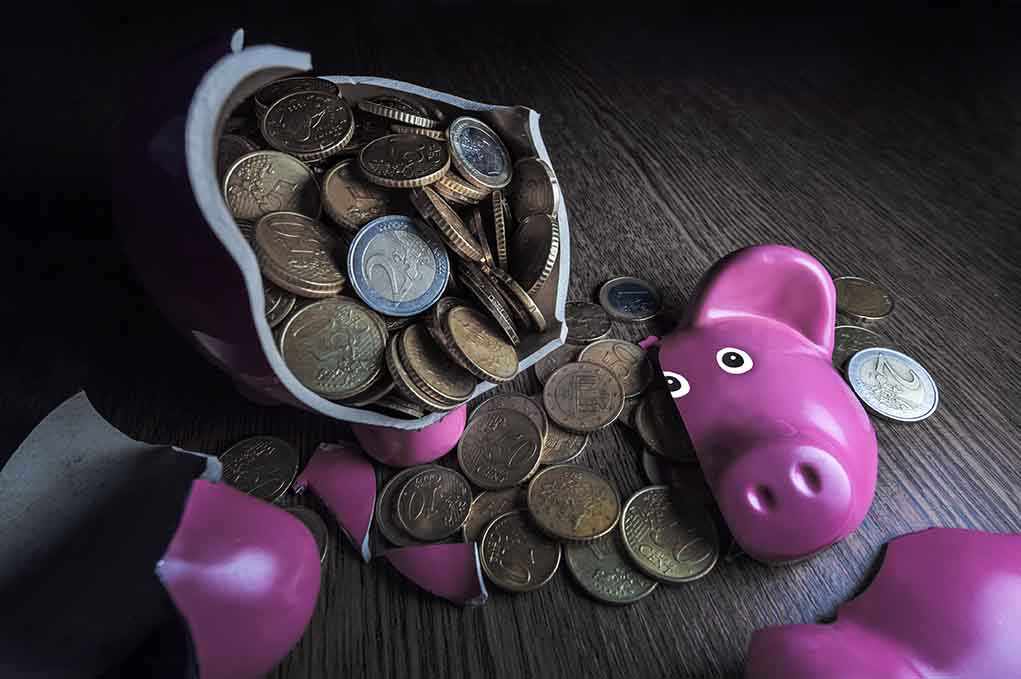
What if I told you that your cash, resting lazily in an old-school savings account, could be sweating it out somewhere else, working harder and smarter than ever before?
At a Glance
- Americans are moving money from traditional savings to investment vehicles.
- Higher interest rates make alternatives like CDs and money market funds attractive.
- Overall household liquidity is increasing despite flat checking account balances.
- Digital platforms empower consumers to shift funds effortlessly.
The Great Financial Migration
American households, ever the financial nomads in search of greener pastures, are now migrating their money from the comfort of checking and savings accounts to the bustling cities of investment income vehicles. Think of it as moving from a sleepy small town to a vibrant metropolis. The low interest returns of traditional bank accounts are being left behind in favor of higher-yielding options like money market funds and certificates of deposit.
This shift isn’t just a trend; it’s a financial revolution driven by the Federal Reserve’s decision to raise interest rates post-pandemic. Like a caffeine shot to the economy, these higher rates have made investment accounts more appealing. The effect? A significant reallocation of funds as Americans seek better returns to combat inflationary pressures.
The Power Players
In this financial drama, American households are the protagonists, with a supporting cast of banks, investment firms, and regulators. Households, spanning all income levels, are motivated by the siren call of higher returns. Meanwhile, banks and investment firms are locked in a fierce competition to woo these savvy savers with attractive rates and innovative products.
Enter the JPMorganChase Institute, playing the role of the wise sage, providing crucial insights into this money-moving phenomenon. Their research reveals a fascinating twist: despite flat balances in traditional accounts, total household liquidity is on the rise when investment vehicles are considered. It’s like discovering a hidden treasure chest beneath a seemingly ordinary floorboard.
Current Developments
As of July 2025, the JPMorganChase Institute reported a continued surge in funds flowing into investment income accounts. This migration accelerated in mid-2024 and shows no signs of slowing down. Even lower-income households, typically more cautious with their cash, are joining the exodus, with cash balances increasing at an annual rate of 5–6%.
Chris Wheat, president of the JPMorganChase Institute, attributes this trend to the allure of higher rates, but he warns that its longevity remains uncertain. It’s like a blockbuster movie that leaves audiences guessing about a sequel’s plot twists.
Impact: The Good, the Bad, and the Uncertain
In the short term, this financial migration boosts household liquidity when accounting for investment accounts. Banks, however, face potential outflows from their traditional offerings, prompting a rethink of their funding models. Long term, the story is one of financial empowerment and sophistication, as consumers diversify their holdings.
Yet, there’s a cautionary tale within this narrative. As funds flow into less regulated vehicles, the risk of consumers venturing into uncharted and potentially hazardous financial waters increases. Lower-income households, while benefiting from higher yields, could find themselves entangled in liquidity traps if they’re not careful.
Sources:
JPMorganChase Institute analysis (July 2025)
Bankrate investment guides (2025)
NerdWallet 2025 Savings Report
Federal Reserve Economic Well-Being Report (2025)
People’s eBank Blog on Saving Strategies












